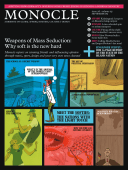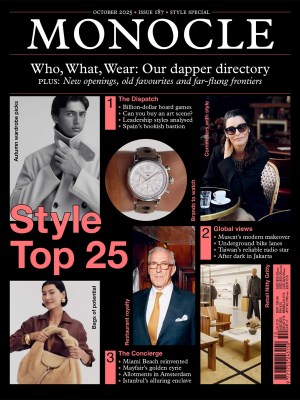You currently have no items in your cart.
-
Subtotal:
-
Shipping:
-
Total:
Checkout
Shipping will be calculated at checkout.
For orders shipping to the United States, please refer to our FAQs for information on import duties and regulations
All orders placed outside of the EU that exceed €1,000 in value require customs documentation. Please allow up to two additional business days for these orders to be dispatched.
Please note: Orders placed before 12:00pm (GMT) on 2 October will be dispatched the same day. Orders placed after this time will be dispatched on 6 October due to scheduled warehouse operations. We appreciate your patience and understanding.



